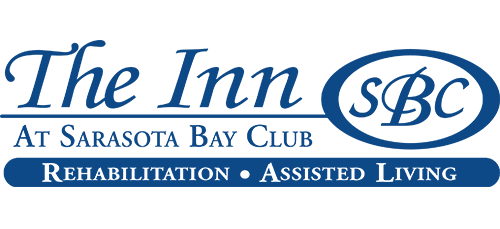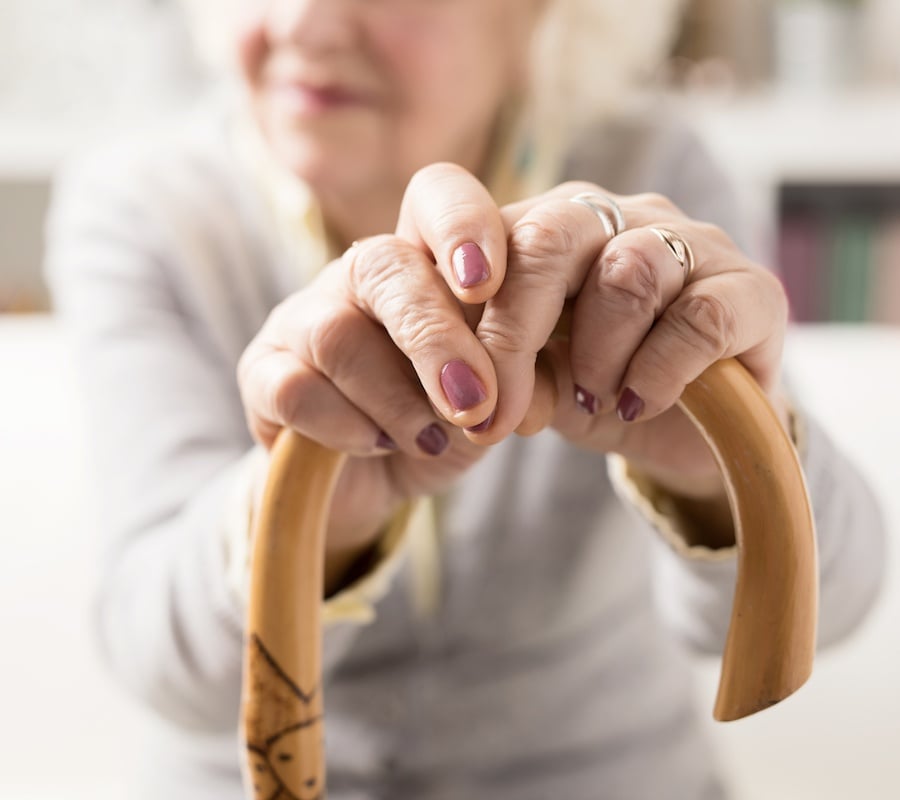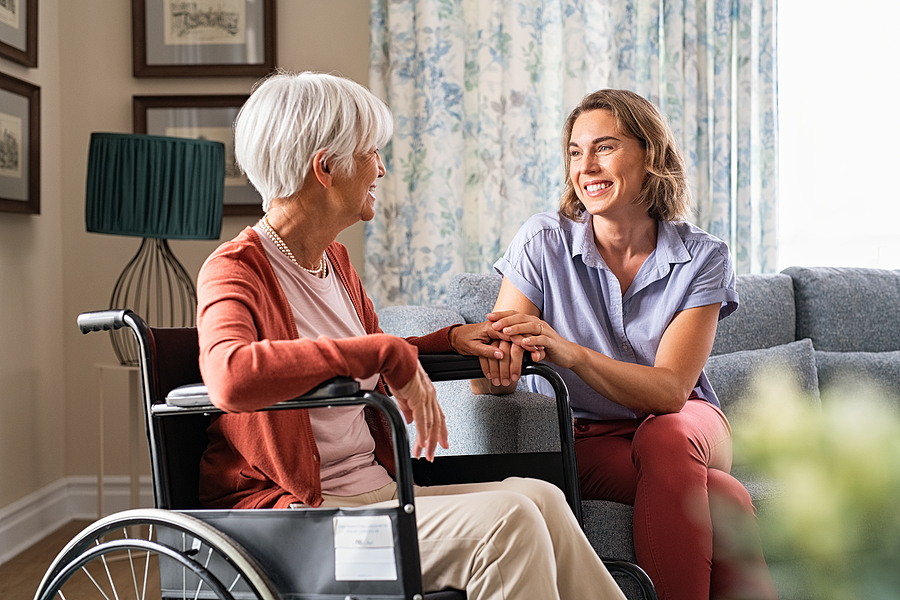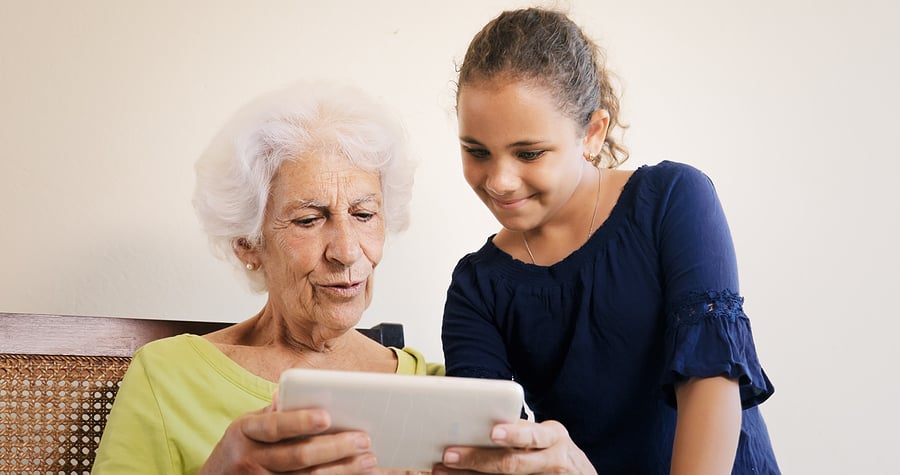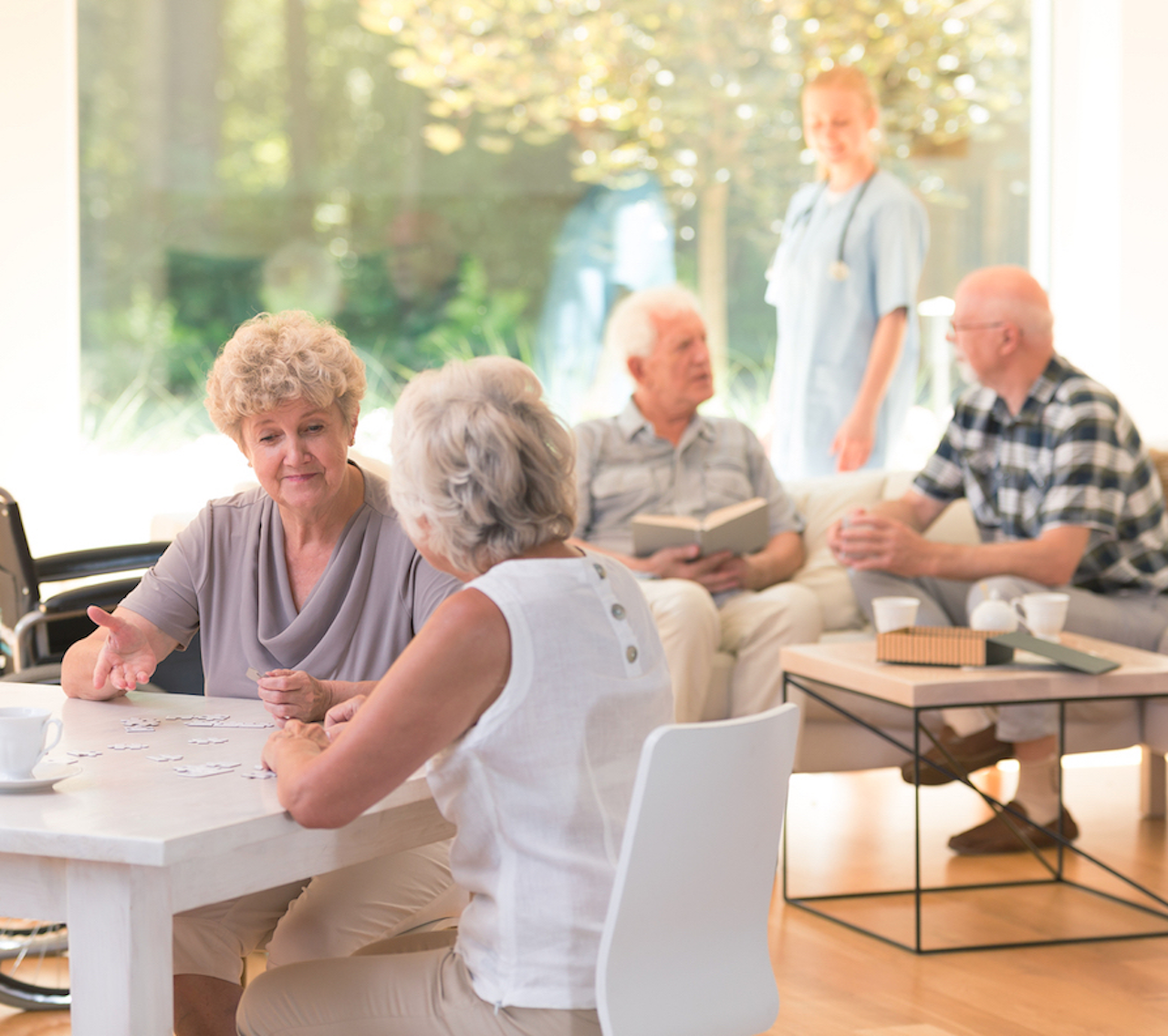Falls can happen to anyone, but for older adults, the consequences can be far more serious. Factors like mobility challenges, cognitive changes, medications, and sensory impairments can all raise the risk. Recognizing these dangers early is essential to safeguarding your loved one’s safety, confidence, and quality of life.
Related Blog: 5 Low-Impact Exercises to Improve Arthritis for Seniors
If you’ve noticed balance or mobility concerns, the Elderly Mobility Scale (EMS) is a trusted tool for assessing fall risk and overall mobility. Here’s what you need to know about how it works and why it matters.
What is the Elderly Mobility Scale (EMS)?
The Elderly Mobility Scale is a standardized diagnostic tool that physiotherapists and other healthcare professionals use to measure the functional mobility of elderly adults. The EMS is a reliable tool used over the years to predict falls or mobility and assess the success of an exercise program for improving mobility in elderly adults. This scale offers an in-depth analysis of the three aspects of mobility (locomotion, balance, and position changes) using seven dimensions.
The EMS score ranges between 0 and 20, with 20 depicting good physical abilities or the lowest risk of falls. From the EMS scores, patients can be categorized into three main groups. Patients who score less than ten are considered dependent on safe mobility, while scores of 10–13 are generally borderline. Patients scoring over 14 are considered independent because they can perform mobility maneuvers independently. Even though there are different versions of the EMS, this article examines the seven common factors often considered when determining a person's risk of falling.
Factors Used to Evaluate an Individual's Risk of Fall
1. Gait
A senior's walking pattern can provide suitable information on their risk of falling. The walking pattern is mainly assessed by instructing the individual to walk in a straight line while observing their stride length, step symmetry, or dragging of feet to ascertain whether they can walk independently or need assistance.
2. Standing
This test assesses an individual’s ability to maintain a stable standing position, both with and without support. During the assessment, a physiotherapist may observe the individual standing still, shifting weight, or performing light tasks while standing to evaluate stability and control. If challenges are identified, targeted balance exercises, core strengthening, and posture training can help improve standing stability and confidence.
3. Lying to Sitting
This measure of positional change assesses an older person's ability to move themselves up into a sitting position from lying down. The healthcare professional will ascertain whether the person can do it independently or with the help of one or more people.
4. Sitting To Standing
This test evaluates how easily an individual can rise from a seated position to a standing position without support. While it may appear straightforward, the movement requires lower body strength, balance, and coordination. This factor is significant because standing from sitting is essential for many daily activities, such as getting up from a dining chair, using the restroom, or transitioning during exercise.
5. Sitting To Lying
This test evaluates how easily an individual can move from a seated position to lying down on a bed or other flat surface. While it may seem like a simple movement, it requires coordination, core strength, and flexibility. This factor is significant because the movement is a part of many daily activities, including rest, sleep, and certain rehabilitation exercises. If challenges are identified, targeted strength training, stretching, or mobility exercises can often help improve the ease and safety of this positional change.
6. Timed Walk
The timed walk measures how long it takes an individual to cover a specific distance, usually a short, standardized span such as 10 feet (3 meters). This factor is especially useful for identifying early mobility concerns, tracking changes over time, and tailoring exercise or therapy programs to maintain walking ability and prevent falls.
7. Functional Reach
Functional reach measures how far forward an individual can reach while maintaining balance in a standing position and without taking a step forward. The healthcare professional will determine an older adult's ability to reach forward without falling during physical therapy.
What Can You Do to Help?
Early assessment and detection of fall risk factors are crucial to ensuring a personalized fall prevention plan for your loved one. Now that you know the risk factors that determine your loved one's risk of falling, it is important that you take various steps to prevent it. If you suspect your loved one is developing mobility issues, getting appropriate caregiving help is a good option. Sarasota Bay Club is a luxury retirement facility that offers specialized in-home care services by professional caregivers. Contact us today to learn more!

